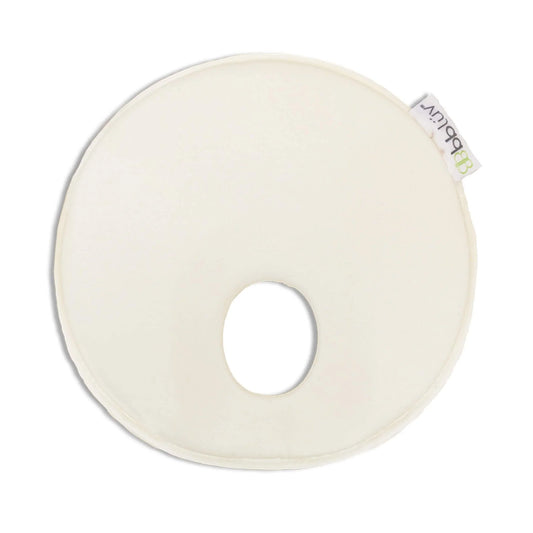Fear is part of life, we all feel it at some point. But, since when do our children feel fear? What things scare them? How can we help them navigate this challenging emotion? We took all these questions to Trinidad Olivos , a child and adolescent clinical psychologist, and here we share this information that will surely be very useful to help your child face his/her fears little by little, and not run away from them.
Since when do babies feel fear?
Babies may show signs of fear from around 6 months onwards. These fears are adaptive , meaning they serve a protective function, helping them avoid potential dangers and adapt to their environment.
The first fears
One of the first fears that babies experience is separation anxiety , which is a natural response to being separated from their parents or primary caregivers. It is also natural for them to show fear of unfamiliar people , strange objects , loud noises (a door slamming shut, alarms), or mechanical sounds (such as a blender, hair dryer).
The degree of sensitivity to fear in childhood varies, depending on the temperament of the children, that is, their individual characteristics and also on the trust that their attachment figures give them. There are children who are more careful and cautious, and there are others who are more risky and like to explore the unknown.
How can we support and help our children when fear appears?
It is important to teach them to gradually confront their fears and not to run away from them.
To support them, we must find a balance: on the one hand, avoid ignoring their fears by saying things like: “nothing happened, you have to be brave,” because it makes them feel misunderstood, and on the other hand, try not to overreact, implying excessive attention that could somehow reinforce that anxiety.
It is then about transmitting tranquility and confidence, and at the same time to validate what they are feeling.
Identify the source of the fear together and offer options that will calm him down.
As parents, we can help children name that emotion by explaining that what they are feeling is fear and asking questions that help them describe and put into words what they are going through. If this is difficult for the child, offer some ideas of what might be happening, checking to see if that is what they are feeling. For example: “Are you scared because it is dark and you imagine something might be wrong?”
After identifying what is happening, offer options that help calm the child. In the case of fear of the dark, leave a dim light on, hug the child, do breathing exercises together and accompany the child until he or she calms down.
When your child feels afraid
| Change this: | For this reason: |
| No problem. | Are you okay? What scared you? |
| You have to be brave. | It's normal to feel fear, we all do. |
| It's not that bad. | How can I help you? (and offer options that help calm him down). |
| There is no reason to be afraid. | I understand how you feel, I'll be with you until it passes. |









